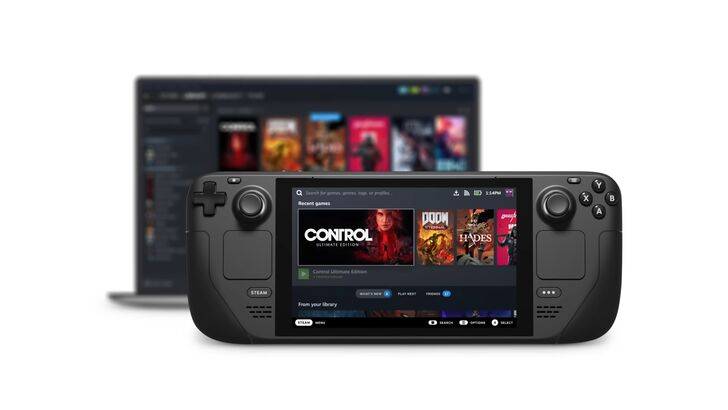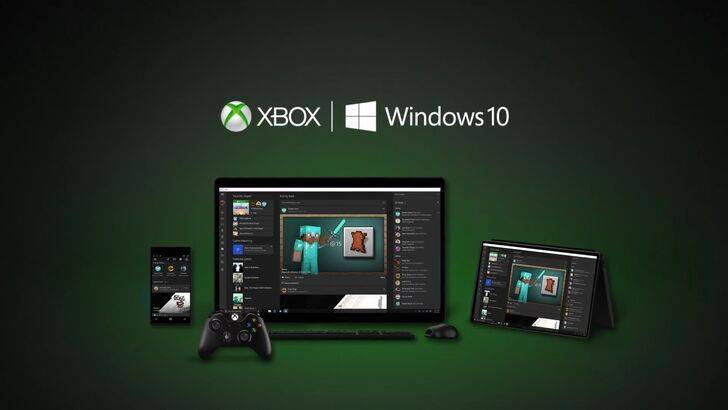 Valve developer Pierre-Loup Griffais recently clarified that SteamOS isn't designed to replace Windows. This article explores Valve's strategy and its implications for the gaming market.
Valve developer Pierre-Loup Griffais recently clarified that SteamOS isn't designed to replace Windows. This article explores Valve's strategy and its implications for the gaming market.
Valve's SteamOS Strategy: A Complementary Approach
SteamOS: Not a Windows Killer, but a Choice
 In a recent interview with Frandroid, Griffais dispelled the notion of SteamOS as a Windows "killer." He emphasized that Valve isn't aiming for market dominance or to force users away from Windows. Instead, the focus is on providing a viable alternative for users who prioritize gaming and appreciate a different system design. The goal is to offer choice, not to convert existing Windows users.
In a recent interview with Frandroid, Griffais dispelled the notion of SteamOS as a Windows "killer." He emphasized that Valve isn't aiming for market dominance or to force users away from Windows. Instead, the focus is on providing a viable alternative for users who prioritize gaming and appreciate a different system design. The goal is to offer choice, not to convert existing Windows users.
Lenovo Legion GO S: Expanding SteamOS Reach
 Lenovo's announcement of the Legion GO S handheld, powered by SteamOS, marks a significant step. This is the first time SteamOS, initially launched with the Steam Deck, is featured on a device from another manufacturer. While not yet a major competitor to Windows in the broader market, Griffais hinted at future expansion of SteamOS compatibility. This potential expansion could significantly impact Microsoft's market share.
Lenovo's announcement of the Legion GO S handheld, powered by SteamOS, marks a significant step. This is the first time SteamOS, initially launched with the Steam Deck, is featured on a device from another manufacturer. While not yet a major competitor to Windows in the broader market, Griffais hinted at future expansion of SteamOS compatibility. This potential expansion could significantly impact Microsoft's market share.
Microsoft's Counter-Strategy: Blending Xbox and Windows
 Microsoft's response to the growing popularity of SteamOS and handheld gaming devices like the Switch and Steam Deck involves integrating the best features of Xbox and Windows. Microsoft's VP of "Next Generation," Jason Ronald, highlighted a player-centric approach, although specifics remain limited. The development of a Microsoft handheld device is underway.
Microsoft's response to the growing popularity of SteamOS and handheld gaming devices like the Switch and Steam Deck involves integrating the best features of Xbox and Windows. Microsoft's VP of "Next Generation," Jason Ronald, highlighted a player-centric approach, although specifics remain limited. The development of a Microsoft handheld device is underway.
The future of the gaming OS landscape remains dynamic. While SteamOS offers a compelling alternative for gamers, its long-term impact on Windows' dominance remains to be seen.









